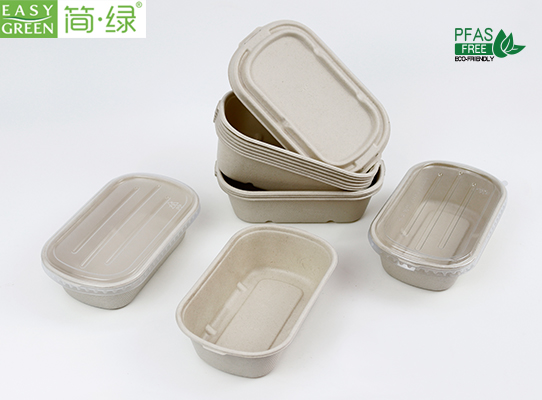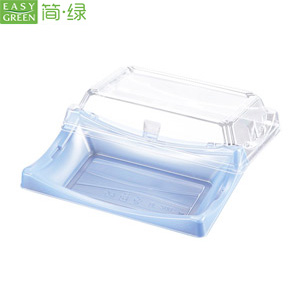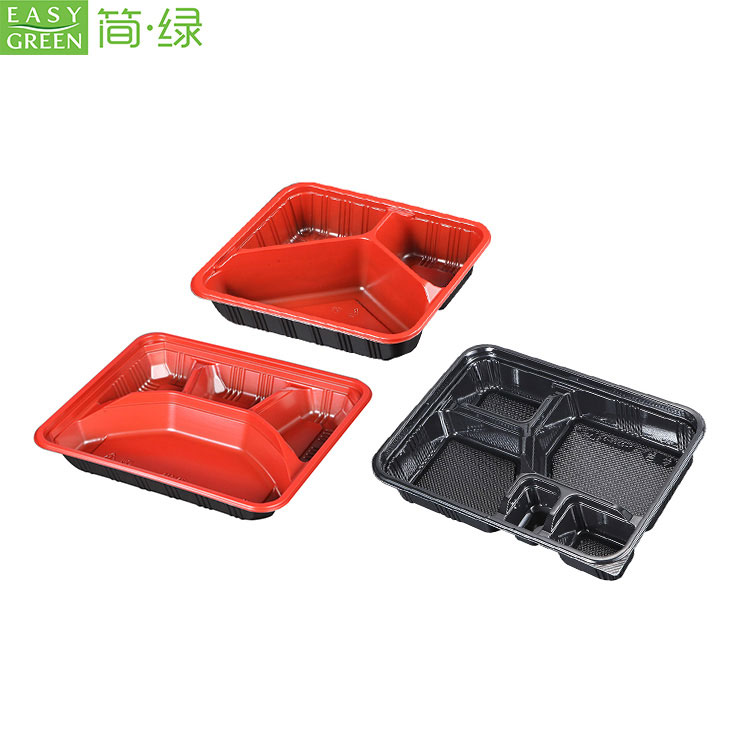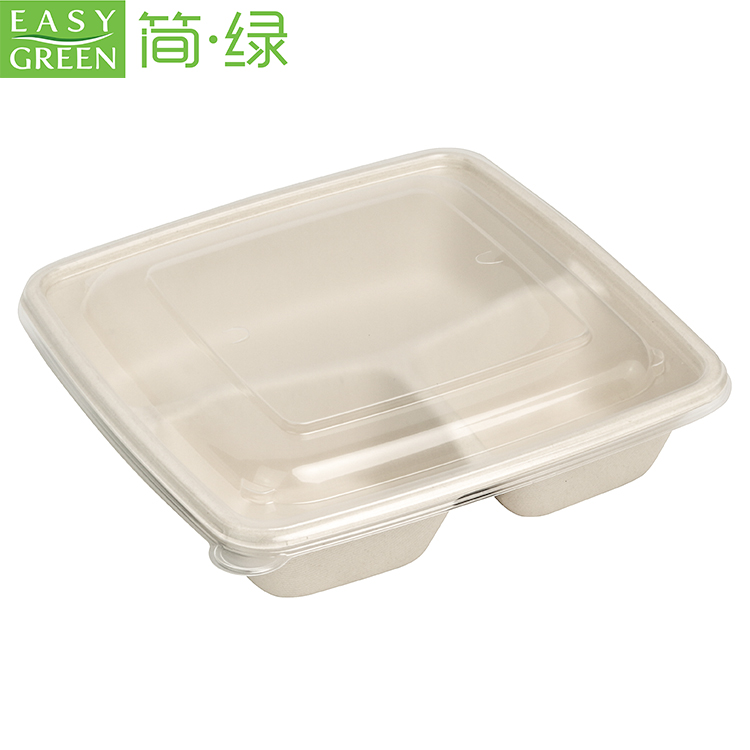In an era where sustainability is at the forefront of global conversations, the food industry is no exception. The choice of food packaging plays a pivotal role in reducing the environmental footprint of dining establishments. Biodegradable packaging for food products has emerged as a game-changer, ensuring that we can enjoy our favorite dishes without compromising the health of our planet. In this blog, we will explore how biodegradable food packaging is transforming the dining landscape, reducing waste while keeping taste and quality intact.
The Rise of Biodegradable Food Packaging
A Sustainable Alternative
Traditional food packaging, typically made of plastic and Styrofoam, has long been a contributor to environmental degradation. Biodegradable packaging offers an eco-friendly alternative. It decomposes naturally, reducing the burden on landfills and oceans while emitting fewer harmful chemicals.
Meeting Consumer Demand
The modern consumer is increasingly eco-conscious. People now seek dining experiences that align with their values, driving restaurants and food businesses to adopt sustainable practices, including biodegradable packaging. Meeting this demand not only benefits the environment but also attracts a growing number of environmentally aware customers.
The Benefits of Biodegradable Food Packaging
Reducing Waste
Biodegradable food packaging decomposes at a much faster rate than traditional plastic. This means less waste accumulating in landfills and fewer harmful substances leaching into the environment. By choosing biodegradable packaging, restaurants and food vendors can significantly reduce their ecological footprint.
Preserving Freshness and Taste
Contrary to the misconception that eco-friendly packaging compromises food quality, biodegradable materials are designed to preserve the freshness and taste of the food they contain. They effectively shield against external elements like moisture and air, ensuring your meal reaches you in optimal condition.
Promoting Brand Image
For restaurants and food businesses, adopting biodegradable packaging sends a strong message to customers that they are committed to sustainability. This fosters a positive brand image, attracts eco-conscious patrons, and can ultimately lead to increased business.
Challenges and Considerations
Cost Implications
While biodegradable packaging is becoming more accessible, it can still be costlier than traditional options. Restaurants and food vendors need to carefully evaluate the trade-offs between sustainability and their budget.
Waste Separation
To ensure that biodegradable packaging materials break down as intended, waste separation becomes crucial. Establishments must educate their customers on proper disposal practices to maximize the benefits of these eco-friendly materials.
Conclusion: A Greener Dining Future
Biodegradable packaging for food products is rapidly reshaping the food industry. It offers a solution that not only reduces waste but also maintains the quality and taste of the food it holds. As restaurants and food businesses increasingly embrace sustainable practices, the transition to biodegradable packaging is a significant step toward a greener and more eco-friendly dining landscape. It's a win-win situation: you get to enjoy your favorite dishes guilt-free while contributing to a healthier planet.
 English
English 






